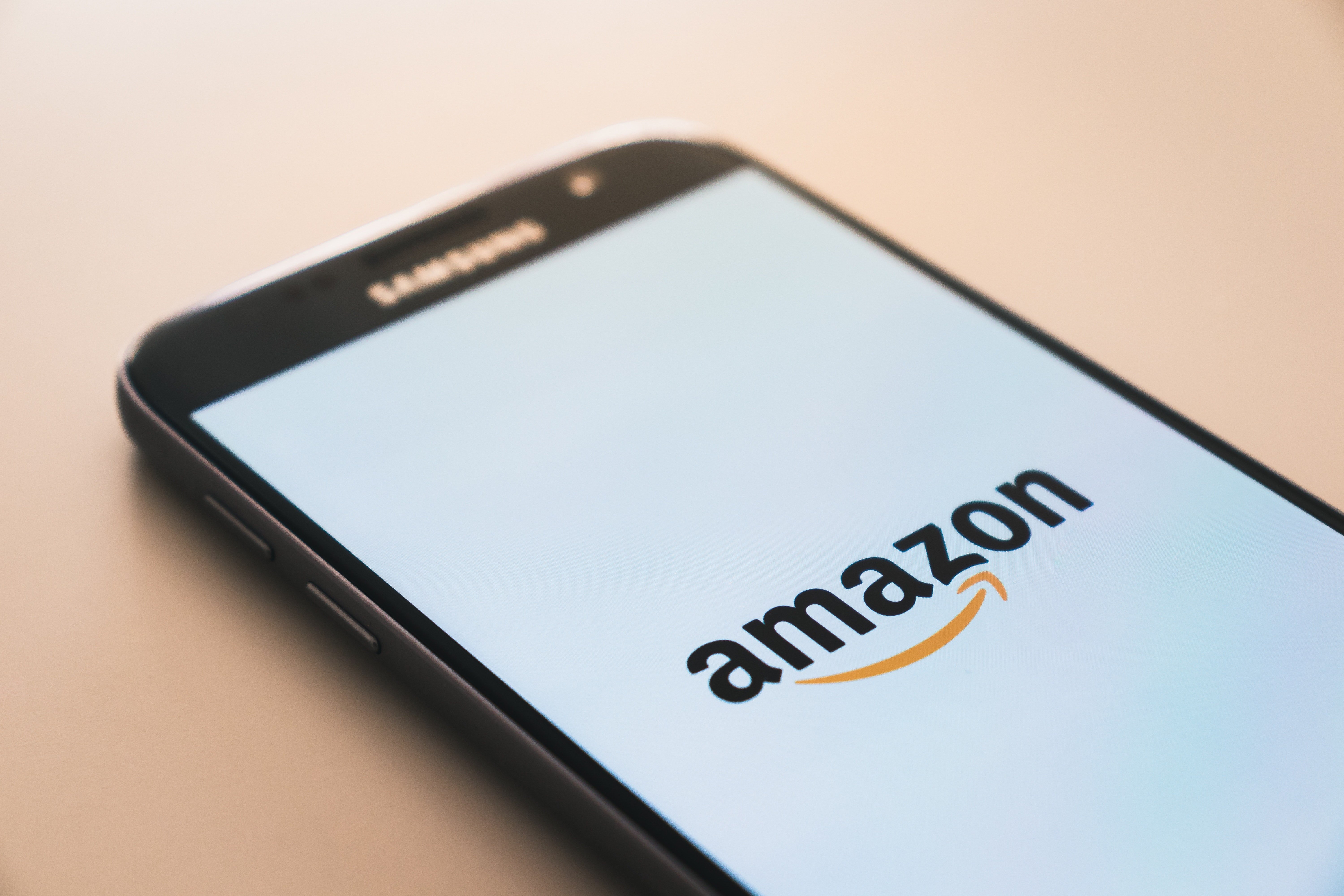Ring Up Online Grocery Sales Through Experiential Strategies
By Bobby Johnson
September 16, 2022
By Bobby Johnson
September 16, 2022
Online grocery sales exceeded the $34 billion mark in 2021. While the $34 billion accounts for only 9.5% of the total grocery market, that market share is expected to double by 2026.
After all, the web-based grocery market is growing at a rate nearly ten times that of the overall grocery industry. And, that disparity should only continue to grow as stores add same-day pickup for online orders and online merchants ramp up same-day delivery.
Need further convincing? Just take a look at what’s happening in front of your very eyes. From acquisitions by Amazon, Target, and Kroger to the addition of pick-up options by Walmart and Meijer (among others), this slice of the grocery industry is shaping up to be a major battleground for those who are lured by its growth potential and fearful of being left behind.
It’ll take more than just financial commitment from these competitors to win, though.
While consumers are beginning to warm up to new methods of getting their groceries, customer retention is an issue to monitor.
According to CCG’s “ Characteristics of Retail Loyalty: Grocery Brand Loyalty” paper, grocery shoppers are fairly split. 39% of grocery shoppers consider themselves “loyalists,” 33% consider themselves “roamers,” and 28% are completely neutral to the idea of grocery brand loyalty.
Translation? These shoppers are willing to move on to another option if your service falls short.
![]()
But how can grocery stores capture these wandering shoppers? Experiential marketing can be a great way to combat the loyalty crisis.
In fact, EventTrack found that almost three-quarters of consumers say they are more likely to buy a brand after engaging in a brand experience. According to Mintel’s “Grocery Retailing – US – 2022” survey, the number one reason shoppers were interested in in-store shopping was to sample new products.
Whether it’s an order from Amazon or the local supermarket, online grocery shoppers are not finding everything they want to buy. Sometimes, it’s because the product isn’t carried. Other times, it’s because the item is offered in-store, but not online. And, many times, it’s because the item just can’t be located through all the clutter.
Ultimately, though, the result is that 20% of shoppers can’t find everything they set out to buy. To make it worse, 12% of shoppers don’t even receive everything they ordered.
Even Amazon, seemingly the pinnacle of customer service, misses the mark 5% of the time. Going forward, online grocery providers will not only have to improve their services but also put a greater effort into educating customers on the nuances of their platform.
According to recent data, 30% of online grocery shoppers have never even used the retailers’ app to place an order. If a third of shoppers don’t want your app, that’s a problem.

Though Amazon already sells groceries to 54% of households that buy groceries online, it stands to gain so much more. How?
Through the purchase of Whole Foods and by leveraging its flagship program, Amazon Prime. By linking its grocery services to Prime, the e-commerce giant is able to tap into – and offer discounts to – more than half of the US households that use the internet. The scary part? There is so much room to grow. Though 77% of US households purchased a product from Amazon in the last month, only 11% purchased groceries.
In order to survive, competitors must offer a service that is simply superior to that of Amazon.
Don’t count Walmart out, yet. The retail giant is catching up quickly to other online grocery shopping platforms, likely due to its pre-existing infrastructure and consumer base.
In fact, Walmart is expected to beat Albertson’s and Kroger in online grocery market share by 2023.
As the online grocery market continues to develop, brands will need to work harder to stand out from the crowd.
Contact Inspira today to learn how you can attract and retain grocery shoppers by tapping into the power of experiential marketing.
(Updated September 2022, original post by Rob Patterson)